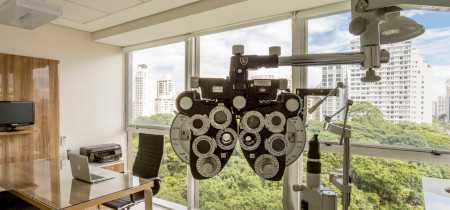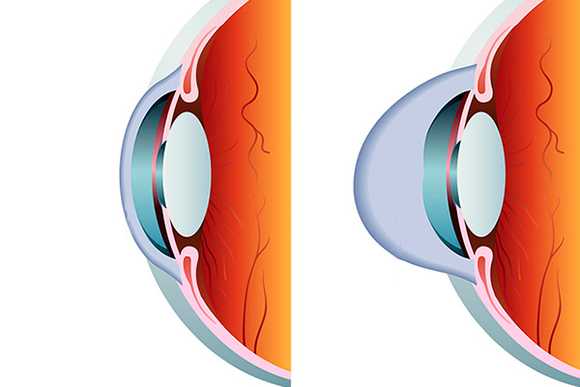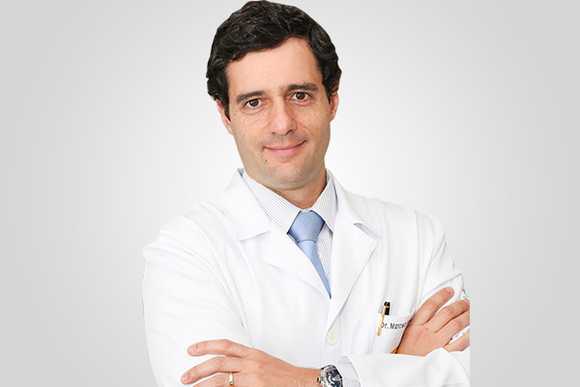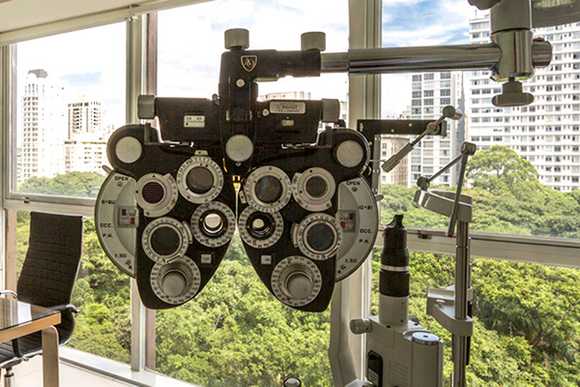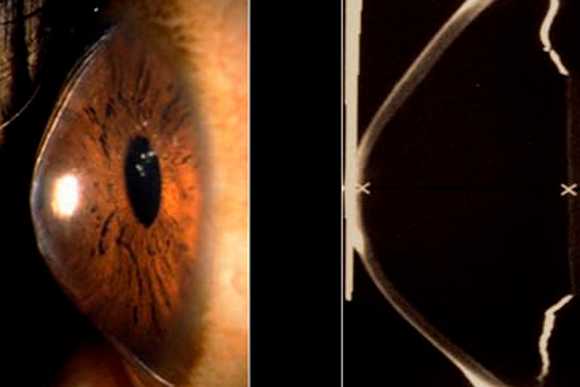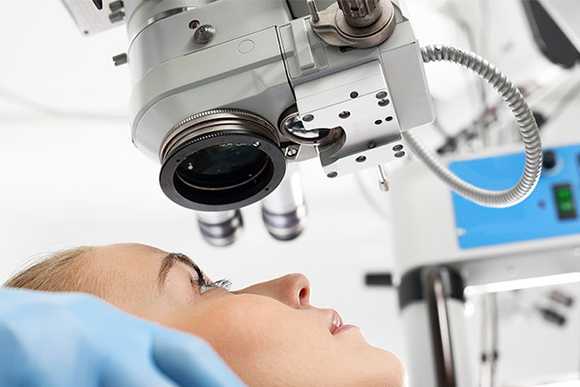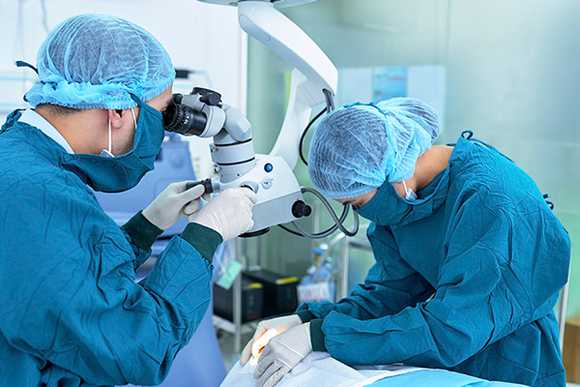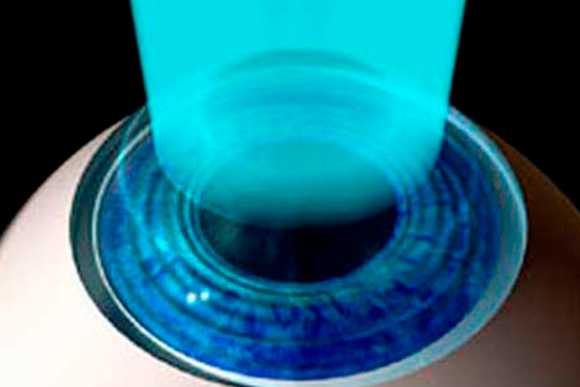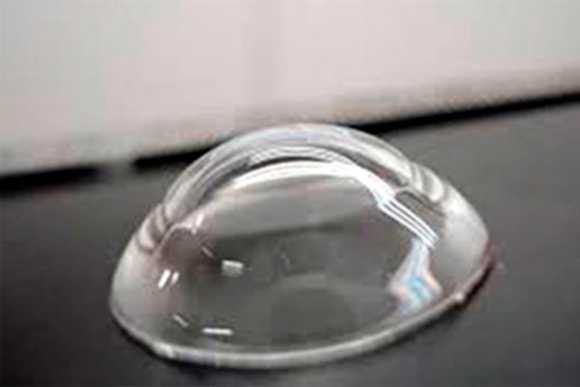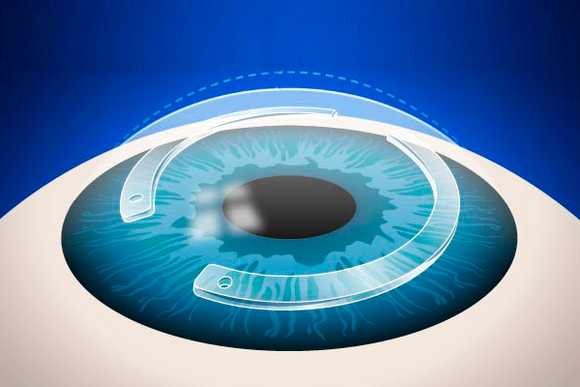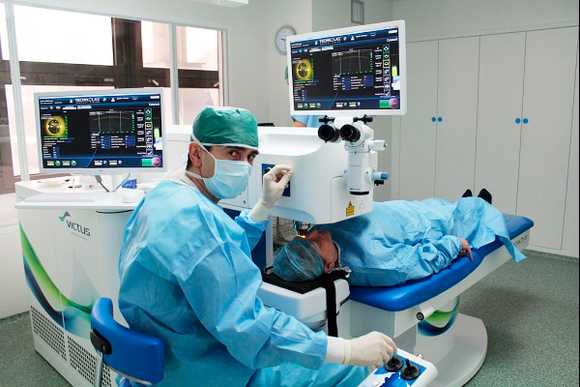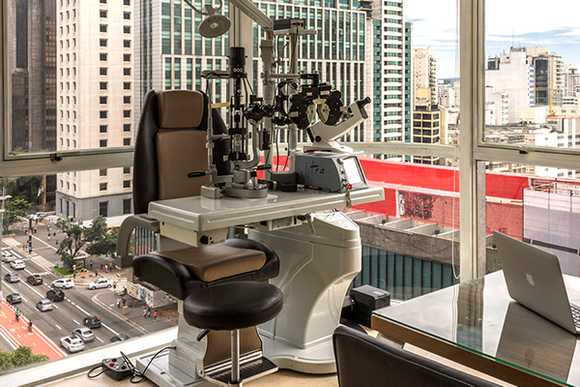Sintomas iniciais e avançado do Ceratocone

A suspeita do ceratocone começa quando o paciente apresenta queixa de baixa visão e aumento progressivo do astigmatismo ou baixa visão mesmo com óculos. Nesses casos, muitas vezes o ceratocone já se encontra em um estágio evolutivo de moderado a avançado.
Atualmente, existem aparelhos mais específicos, capazes de detectar as formas iniciais do ceratocone (também chamados estágios subclínicos, quando o paciente ainda não apresenta sintomas importantes).
Esses aparelhos são capazes de medir com extrema precisão a curvatura e a espessura da córnea, bem como seu grau de irregularidade.

Com a contínua progressão do ceratocone, o astigmatismo aumenta bastante e se tornar irregular (gerando uma imagem borrada e distorcida), e os óculos passam a não mais oferecer uma visão satisfatória. Nesse estágio, somente as lentes de contato duras (rígidas) são capazes de melhorar parcialmente a visão.
Muitos pacientes apresentam uma estabilidade relativa ou lenta progressão do ceratocone nesse estágio e, se estiverem bem adaptados as lentes de contato rígidas, conseguem levar uma vida normalmente, sem muitas restrições.
Os pacientes não apresentam dor ou desconforto ocular nesses estágios iniciais da doença.
O aumento da curvatura (formato de cone) não pode ser visto a olho nu.
Em muitos casos, infelizmente, o ceratocone continua evoluindo progressivamente e a adaptação e tolerância as lentes de contato rígidas vão se tornando cada vez mais limitadas.
O aumento da protuberância na região central da córnea (cone) dificulta a estabilidade das lentes de contato, bem como diminui a visão do paciente. No estágio final do ceratocone, o transplante de córnea passa a ser a única alternativa terapêutica capaz de restabelecer parcialmente a visão.
